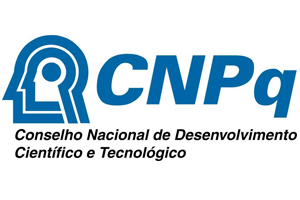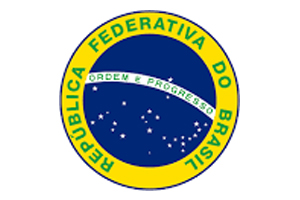Eleanor Gallagher
National University of Ireland, Galway, Ireland
ABSTRACT
Due to the growth of at-risk populations and the adoption of therapeutic techniques that extend these patients' lives, fungal infections are becoming more common. Changes in the temperature, the expansion of human habitats, the ease of travel, and population shifts all contribute to the variations in endemic fungal diseases. Patients receiving immunosuppressive and chemotherapeutic drugs, those with HIV, premature babies, the elderly, and those undergoing major surgery are among the at-risk groups for opportunistic fungal infections or disseminated endemic fungal infections. As a result, there has been a change in the mycoses seen in the healthcare environment. Before the turn of the twenty-first century, Aspergillus species and endemic mycoses were the main culprits behind invasive lung infections. In contrast, Candida species were more commonly responsible for bloodstream infections. Fungi once thought to be nonpathogenic are often observed in immunocompromised individuals. These include mucoraceous species (formerly known as zygomycetes) and hyaline and dematiaceous moulds. Furthermore, a common issue that has significant therapy ramifications for these individuals is identifying infection as opposed to colonization with these fungi.
Keywords: Efficiency (EE), New Staining Methods (NSM), Diagnosis (DD), Fungal Infections (FI).




